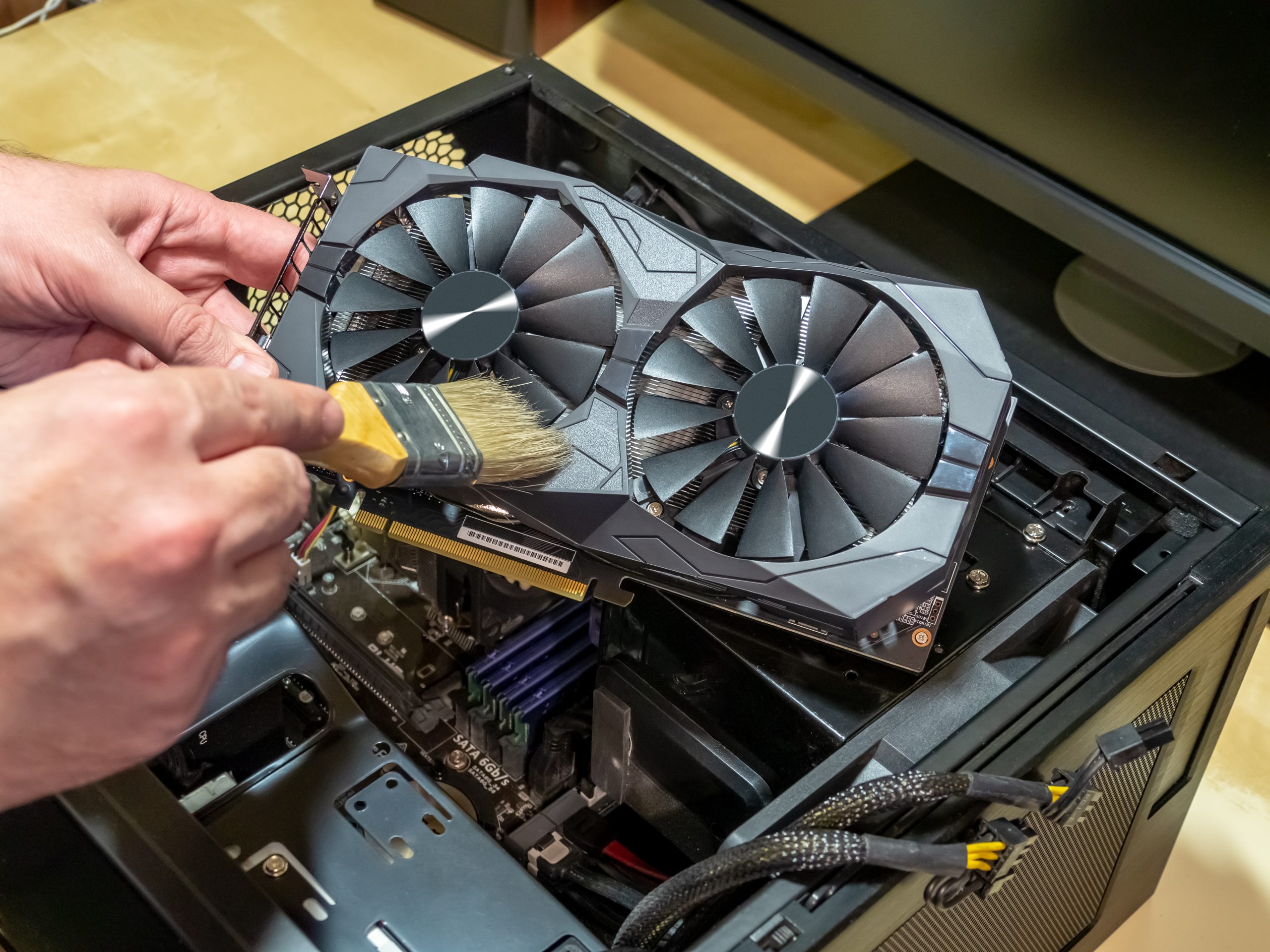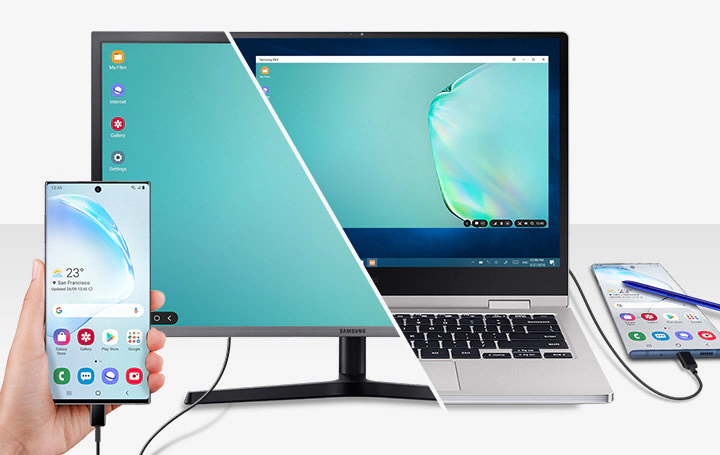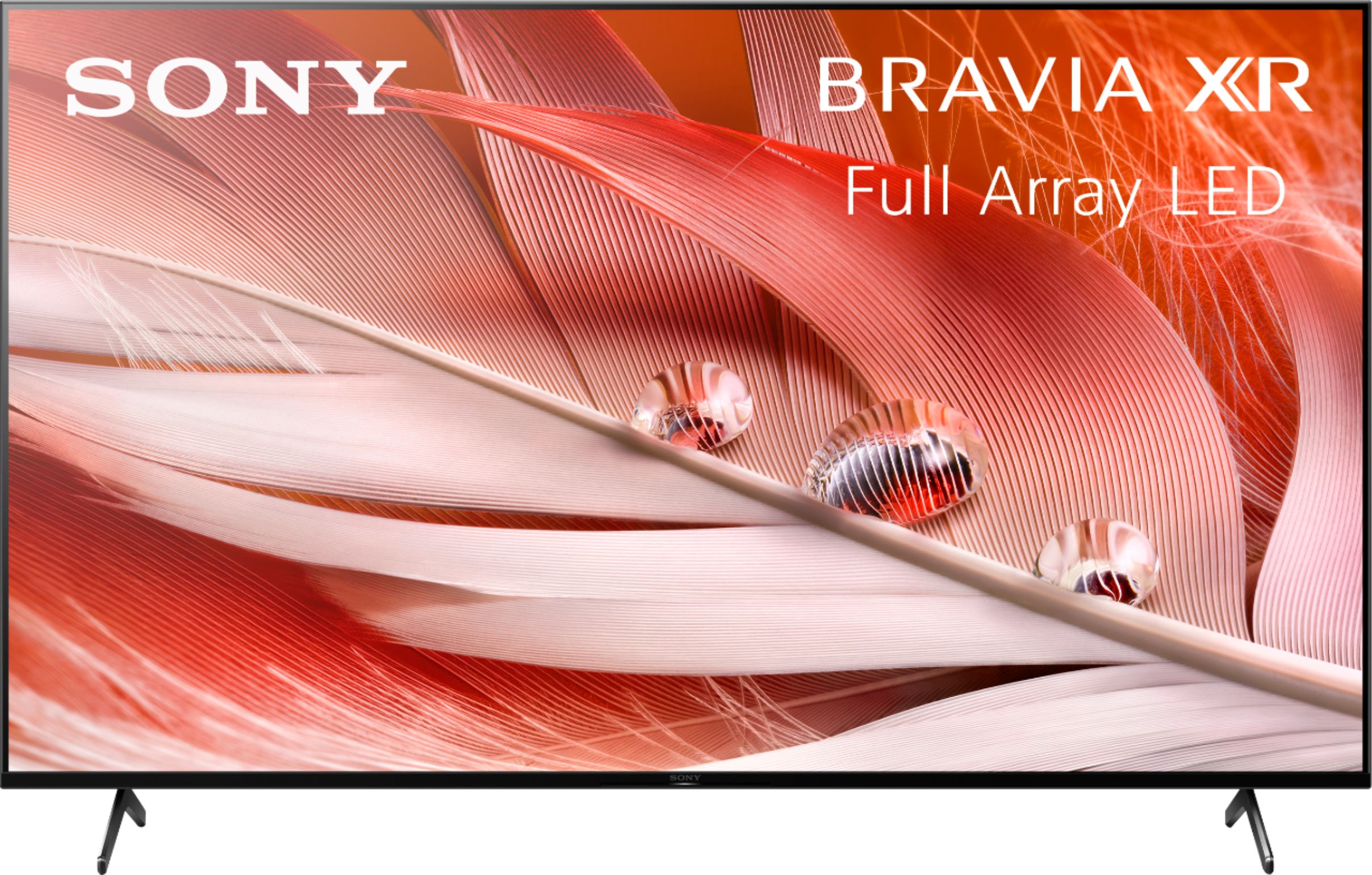If you’re considering an upgrade to a liquid cooling solution, such as an AIO(All-In-One) cooler or a custom loop, one critical factor to consider is whether the radiator will fit correctly into your PC case. An improperly placed radiator can lead to unwanted noise, vibrations and, more importantly, a decrease in cooling efficiency. To ensure your cooling solution works as intended, it’s essential to determine if the radiator is compatible with your chassis and other hardware components. In this guide, we’ll walk you through the steps to find the perfect radiator support for your PC case.
Find the Radiator Support of Your PC Case
The first step in determining the right radiator for your case is to identify the radiator support specifications of your PC case. To do this, follow these steps:
Identify Your PC Case Model: Begin by identifying the make and model of your PC case. This information is typically available on the case itself or in the product documentation.
Check the User Manual or Online Specifications: Once you know your case model, consult the user manual that came with your case or search for the technical specifications online on the manufacturer’s website. Look specifically for details about radiator support.
For example, let’s say you have an NZXT H510 mid-tower case. To find radiator support information, you would visit the official NZXT website or refer to the product documentation.
Understand Radiator Support Dimensions: When reviewing radiator support details, it’s crucial to understand that the dimensions mentioned are not an exact measurement of the radiator you can install. Instead, they indicate the size of radiator fans that can fit.
For instance, if your case specifications state that it supports a 280mm radiator, this means it can accommodate a radiator with two fans, each measuring up to 140mm. The radiator body itself may have additional clearance.
Manual Measurement: For precise compatibility, consider manually measuring the radiator compartment in your case. While manufacturer specifications are helpful, measuring your available space can ensure a perfect fit. Additionally, reading user reviews and forum discussions can provide valuable real-world insights into radiator compatibility.
Check the Radiator Specs
With knowledge of your case’s radiator support, you can now proceed to choose the right radiator. This step involves examining the specifications of the radiator itself:
Fan Dimensions: Check the fan dimensions specified by the radiator manufacturer. For example, if you plan to use a 240mm radiator, ensure it is designed for two 120mm fans.
Radiator Dimensions: Take note of the radiator’s overall dimensions. This includes it’s length, width and thickness. Ensure that these measurements align with your case’s radiator support and available space.
Compatibility with Radiator Fans: Confirm that the radiator you choose is compatible with the fans you intend to install. Some radiators are optimized for specific fan sizes, so check for compatibility with the fans you plan to use.
Real-World Example: Let’s consider an example from my own experience. I initially wanted to install the NZXT Kraken x63 cooler in my NZXT H510 case. However, this proved incompatible due to the cooler’s larger dimensions of 143 x 315 x 30mm, exceeding the 300mm clearance of my case. Consequently, I opted for the CAPTAIN 240 WHITE cooler from GamerStorm, which measured 274x120x27mm and easily fit within my case’s constraints.
Check Radiator Compatibility With Other Components
While evaluating radiator support in PC cases, it’s equally crucial to assess the compatibility of the radiator with other components in your system:
Radiator Thickness: Radiator thickness typically ranges from 25mm to 40mm, with an additional 25mm for radiator fans. This means you’ll need a minimum of 50mm to 65mm of clearance to accommodate the entire radiator inside your PC case. Ensure there’s enough space around the motherboard, RAM, GPU and other components to accommodate the radiator’s thickness.
Placement: Choose the optimal placement for your radiator. While rear and bottom placements are possible, they may not be ideal. Bottom placement, for example, can lead to interference with your GPU or PSU shroud and may result in air bubble formation inside the CPU block, reducing cooling efficiency.
I/O Shield Consideration: The I/O shield on your motherboard may impact rear radiator installation. Most cases can accommodate a 120mm radiator easily, but it’s essential to check for compatibility with your specific components.
Top Placement Challenges: Installing the radiator at the top can pose challenges due to limited headroom above the motherboard. Most PC cases offer only about 25 to 30mm of space, making top installation difficult.
Preferred Front Installation: For these reasons, many users prefer to install radiators in the front of their PC cases. This placement often offers the best balance of compatibility and performance.
Multi-Radiator Support Cases: Some high-end PC cases, such as the Fractal Meshify 2 XL and Phanteks p500A, support multi-radiator configurations without issues. For example, the Meshify 2 XL can accommodate front and top radiators up to 480mm, a rear radiator of 120mm and a bottom radiator up to 280mm.
Fan Orientation: Remember to align radiator fans correctly for optimal airflow. They can function as either intake or exhaust fans depending on their orientation.
Tube Length: Consider the length of tubing in your cooling solution. In some cases, using a mini-ITX motherboard in a mid-tower case can result in insufficient tube length. This can lead to stretched tubes and potential AIO(All-In-One) cooler leakage in the long run.
Conclusion
Selecting the right radiator support for your PC case is crucial to ensure efficient cooling and prevent compatibility issues. By understanding your case’s radiator support specifications, checking the radiator’s dimensions and assessing compatibility with other components, you can make an informed choice. Remember that precise measurements and real-world user experiences can be invaluable when determining the best radiator for your system. With these considerations in mind, you can enjoy the benefits of a well-cooled and optimized PC.
Experiencing difficulties with your Device, check out our “How To” page on how to resolve some of these issues.








